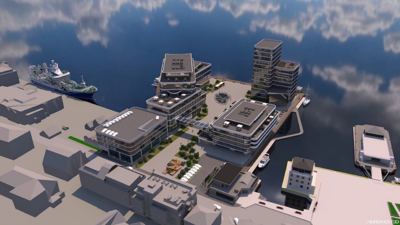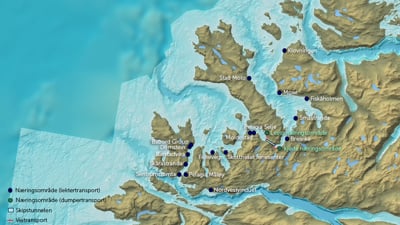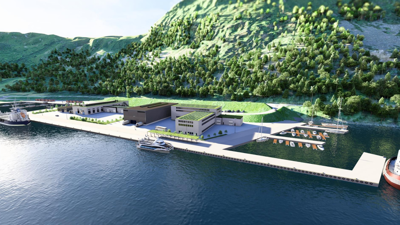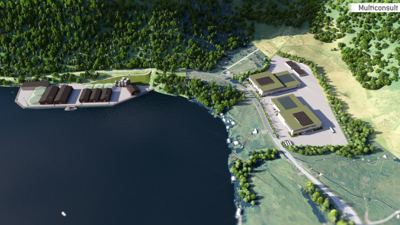The Norwegian Coastal Administration is going to build the world first ship tunnel. The dimensions are massive, and a total of 3 million cubic meters of solid mountain will be removed, which is equivalent to 5.4 million cubic meters of blasted masses of stone.
- Stad ship tunnel is primarily a project where the focus is safety at sea, but there are also many synergies. The stone from the ship tunnel can lead to several new commercial areas in the region and can create many new workplaces, says project manager for Stad ship tunnel Terje Skjeppestad.
The municipalities around the ship tunnel need the stone for many planned projects in the region - so there is a great interest among potential receivers. The municipality of Vanylven has five projects, Stad has six and Kinn has seven. In addition to this, there is also a list of backup projects in the municipality of Sande.
Many useful projects
The Norwegian Coastal Administration recently had a tour in the region, visiting the receivers of the stone and learning more about their projects.
- We have been presented with a lot of good and useful projects that will create many new business areas and workplaces in the region. We see that stone from the ship tunnel can create new commercial areas like piers, breakwaters, expansion of existing factories, hotels, water parks as so on. This aligns with our mission which is to optimize the project, so that is why we want to facilitate good reuse of the stone masses, says Skjeppestad.
There is a total of 5.4 million cubic meters of blasted stone to be extracted from the ship tunnel. The plan is that half of this is going to be used close to the tunnel, the entry areas and for new municipal business areas in Kjøde and Lesto. The other half will be distributed around the region to develop new or existing piers and business areas. Overall, we have received requests for more stone than we will be able to give.




